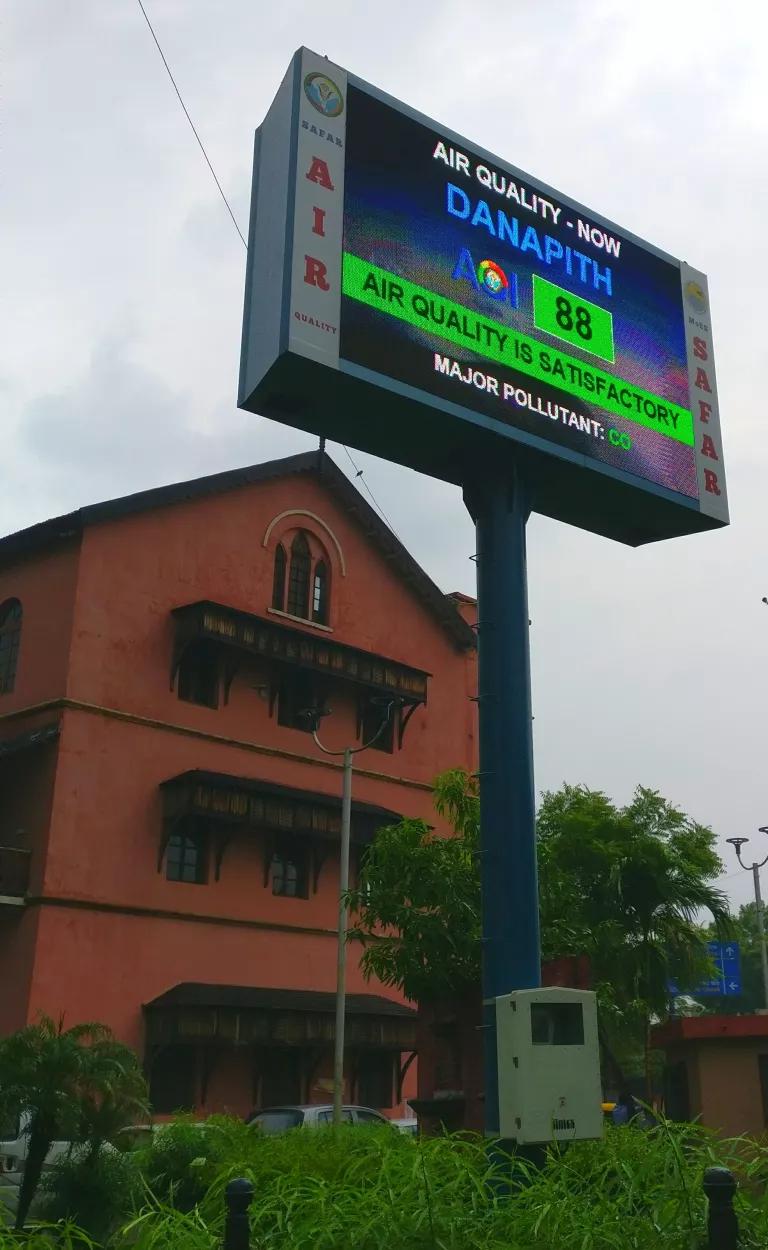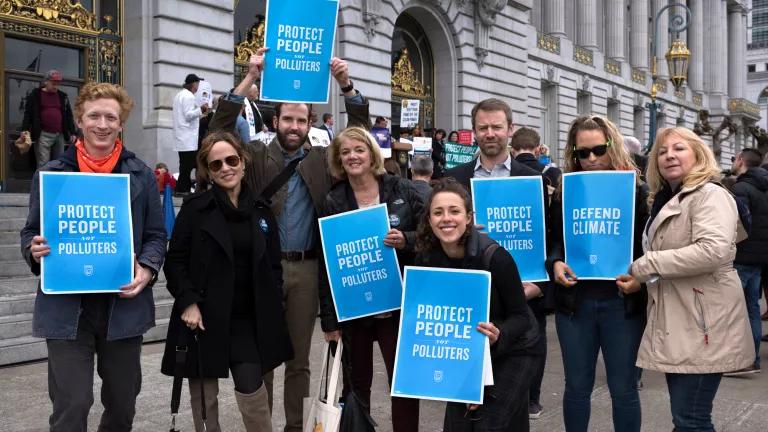Indian Leaders Move to Tackle Growing Costs of Air Pollution

On one of my first trips to India in 2012, when I was invited to speak at the Delhi Sustainable Energy Summit, I was told that India had too many pressing problems to deal with and couldn’t focus on air pollution.
Today, I just don’t hear that argument anymore. It’s become increasingly clear that in India, as anywhere else in the world, pollution in all its forms is intertwined with social, health and economic challenges—and that addressing environmental pollution presents a major opportunity to solve these problems. Indian leaders are starting to embrace this shift in thinking, and are taking steps to tackle a growing and costly health concern—air pollution.
Air Pollution Is Deadly and Costly
India suffers from some the worst air pollution in the world. The construction boom, increasing car traffic and coal-fired power plants are all contributing to rising pollution levels, especially the presence of deadly fine particles that can lodge in the lungs. The latest data from the Institute for Health Metrics and Evaluation (IHME) links air pollution to the deaths of 1.6 million people in India in 2016.
Dr. Frederica Perera, a professor of environmental health at Columbia University and a co-author of a major new global study on pollution and health in the Lancet, points out that children in India, as elsewhere, are disproportionately affected by air pollution. “The developing brain and other organs are especially vulnerable to toxic pollution during the mother’s pregnancy and early childhood. Those impacts may last a lifetime.”
No country can afford to sacrifice a generation to pollution. Nor can the immediate costs of pollution be ignored. The Lancet estimates that productivity losses due to pollution can amount to as much as 2 percent of GDP in low to middle-income countries. A 2016 World Bank study calculated India’s total welfare and productivity losses due to air pollution alone at 8.5 percent of GDP.
Controlling Air Pollution Has Economic Benefits
Here’s the good news: air pollution is a solvable problem. At NRDC we’ve been fighting this battle for more than 40 years, and there’s no question that our vigilance and persistence has paid off at every hard-fought step. Our relentless pursuit of cleaner air has saved millions of lives, and will continue to save many more.
Efforts to clear the air in the United States have a strong track record of providing economic as well as environmental benefits. Every dollar invested in air pollution control since 1970 has yielded $30 in benefits, according to a 2011 EPA study. That’s an impressive $1.5 trillion return for a $65 billion investment.
In California, where filthy smog once blanketed the south coast, statewide air pollution control measures slashed levels of carbon monoxide, nitrogen dioxide and sulfur dioxide levels 80 to 90 percent. And while the air was getting cleaner, California’s population doubled, and the number of vehicle miles traveled almost tripled. California’s economy now outranks France as world’s sixth largest, with a $2.46 trillion gross state product.
California’s environmental policies have served as a model for other cities and countries, including developing nations. Many strategies—including improving communication about air quality, targeting certain pollutants, and using less polluting forms of energy such as wind and solar—can be adapted to fit local needs.

The city of Ahmedabad, which has some of the highest air pollution levels in India, recently added new tools to its Air Information and Response (AIR) plan, a groundbreaking collaborative effort to protect local residents from air pollution. Developed in partnership with NRDC and local health experts, the city’s plan focuses on communication and community response to air quality measurements. One new initiative involves raising colored flags at schools to advertise air pollution levels. A new local air quality website sends health alerts to residents when air pollution reaches dangerous levels.
Another change I’ve noticed since my last visit to India is that authorities are realizing that monitoring and communication are just the first step. Pollution control has to come next. In New Delhi, a Supreme Court order has prompted an action plan to respond to bad air days, including limiting vehicle use, closing schools, and shifting away from coal power.
In the fight against air pollution, there’s no silver bullet. Clearing the air requires a focused, coordinated effort involving local and state governments, industrial leaders, communities and health experts. NRDC, with its partners at the Indian Institute of Public Health, Gandhinagar (IIPH-G) and the Indian Institute of Tropical Meteorology, among others, is committed to developing the policies and implementation plans that will make a dramatic difference in air quality in Indian cities. These first steps in Ahmedabad and New Delhi provide an important model for political and civic leaders to tackle this critical issue and reap the benefits of clean air for their citizens.



